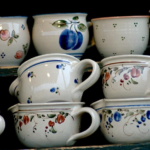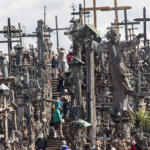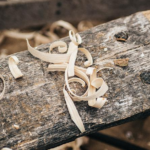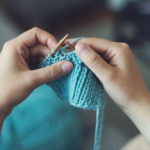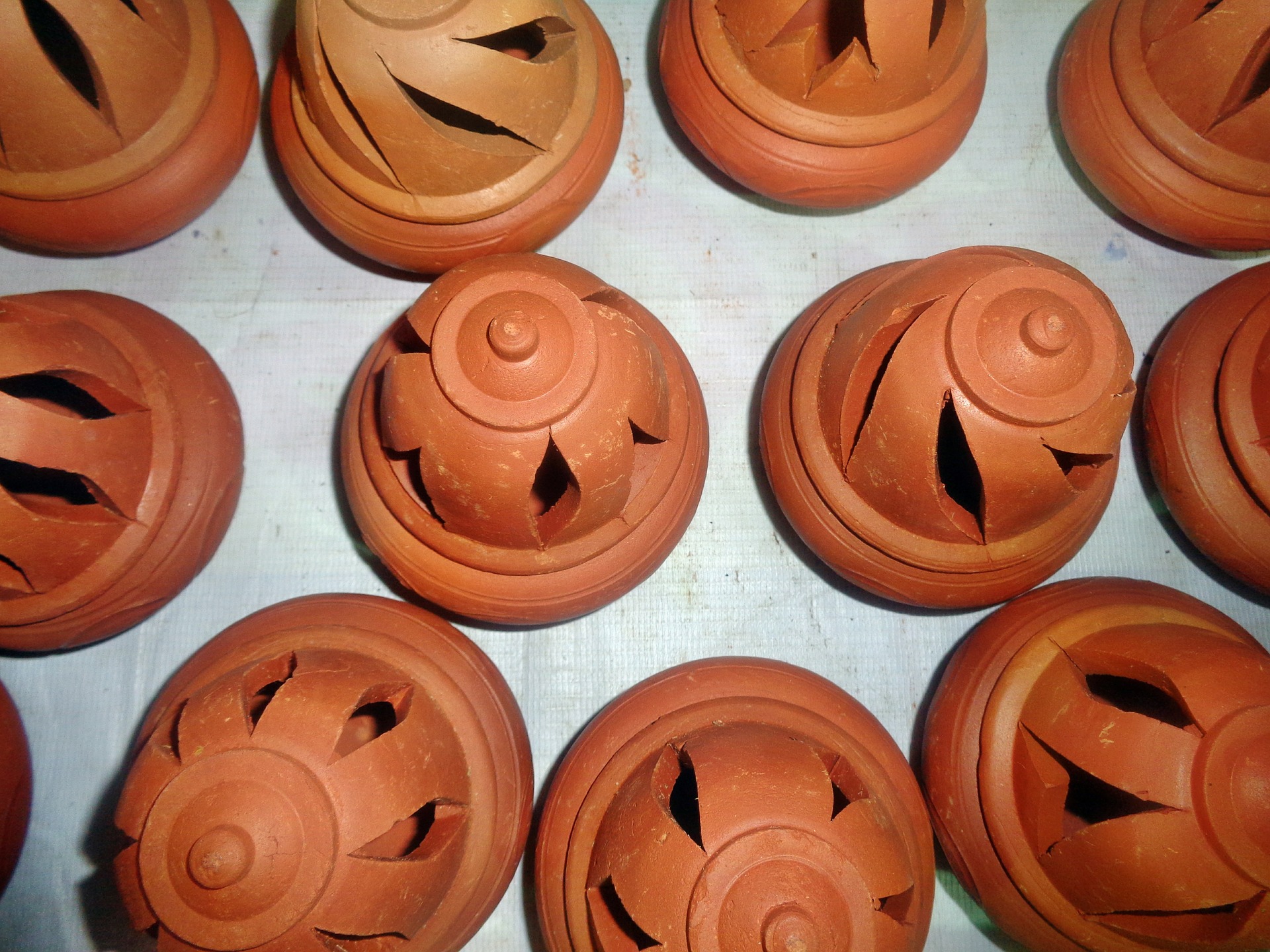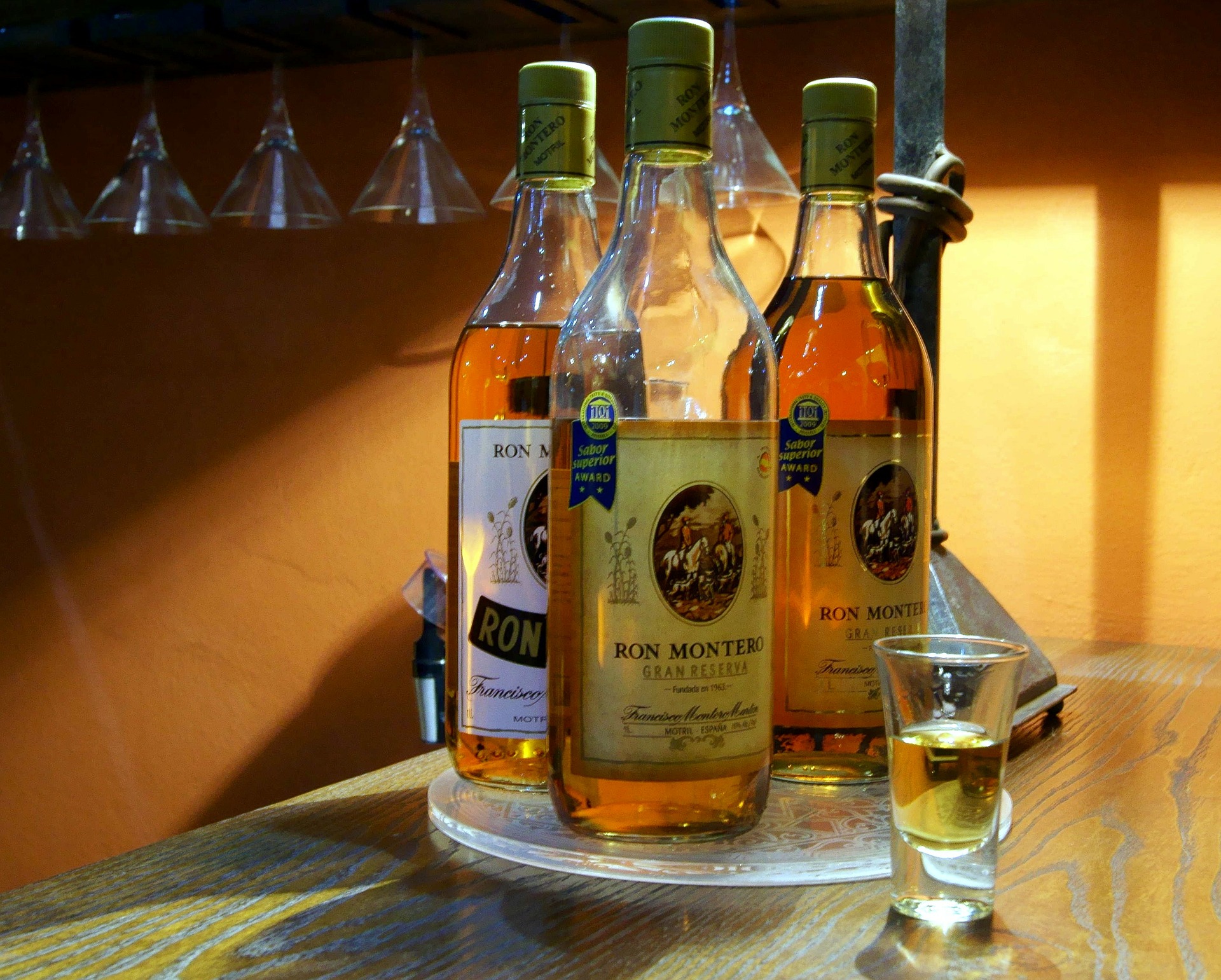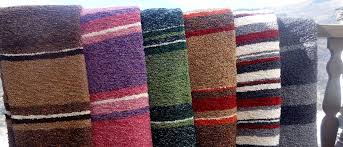Damascene in Spain
Country of the crafting: Spain
Region of the crafting: Toledo
Type of the crafting: Metal and ironwork
1. Craft characteristics
The technique s of embedding precious metals in other metals have been carried out since ancient times and in many different parts of the world. There is evidence that they were made in Ancient Egypt, in Greece and in Rome, as well as in China and Japan (suminagashi), where it has been used to decorate the garrisons of the katana, particularly tsuba. It is known as zougan in Japanese; He has developed his own subset of terms to describe particular patterns.It developed notably in the days of Al-Andalus, especially in Toledo, until it became one of the hallmarks of Spanish-Arabic art. However, during the following centuries this craftsmanship was disused; until in the nineteenth century it was rescued and improved with the development of a new technique : damascene.
2. The technique
the primitive technique of punctate mincing, where a fine rhomboidal mincing is carried out by striking a punch in which, once the drawing to be engraved has been made, the gold or silver thread is introduced gave way to the knife blade in which the grooves are opened by a thin and sharp blade.After making the grooves, the thread is introduced by means of a flat-based punch that is struck with a small light and wide-mouth hammer.The piece to be damasquined adheres to a wooden block by means of sealing and this block is attached to a ball screw that rests in a wooden triangle and can thus be placed in any position that is required.
3. Used materials
A cast iron ball of 13-15 kg where a groove in the form of a channel has been made, and on one of its sides a screw has been screwed that holds the wooden block with the piece a against the other wall of the channel Record. the ball is supported by a wooden triangle. A blade of very fine steel and very well sharpened, serves to perform the chopping of the piece, the grooves where the gold or silver thread will then be embedded. A small hammer with a wide head, very similar to the one used by the engravers on a buril.A collection of punches of different sizes and shapes, usually with the wide base that through the hammer blows introduce the thread into the steel.Ruler, compasses and other engraving tools, drawing instruments prepared to mark the steel used to make the engravings of the figures to be created.
4. History
In 1875, some eibarreses workers moved to Toledo to solve in this way the great delays that the transfer of pieces to damasquinado in Eibar from Toledo, mainly weapons, generated. Thus, the technique also extended to the Castilian capital- Manchega, where it has developed to the point of eclipsing that of Eibar, where it is practically disappeared and reduced for the purpose of exhibition at the Museum of the Armory Industry.In Éibar the damascene was intrinsically linked to the arms industry, and to a lesser extent to the decorative arts. It became part of the decoration of all kinds of weapons: shotguns, guns and rifles, as well as luxury versions of almost all eibarreses products. This method was used to identify the name of the artisan, the year of manufacture, dedications, etc. In the decoration of the weapons motifs such as acanthus leaves, rockery, dragons and cartouches were used, either in plain or embossed form, and the same allusive figures related to hunting animals that were recorded in the shotguns. For many years the gift of honor that the city council of the armera city made to the illustrious visits has been a richly damascene pistol.

